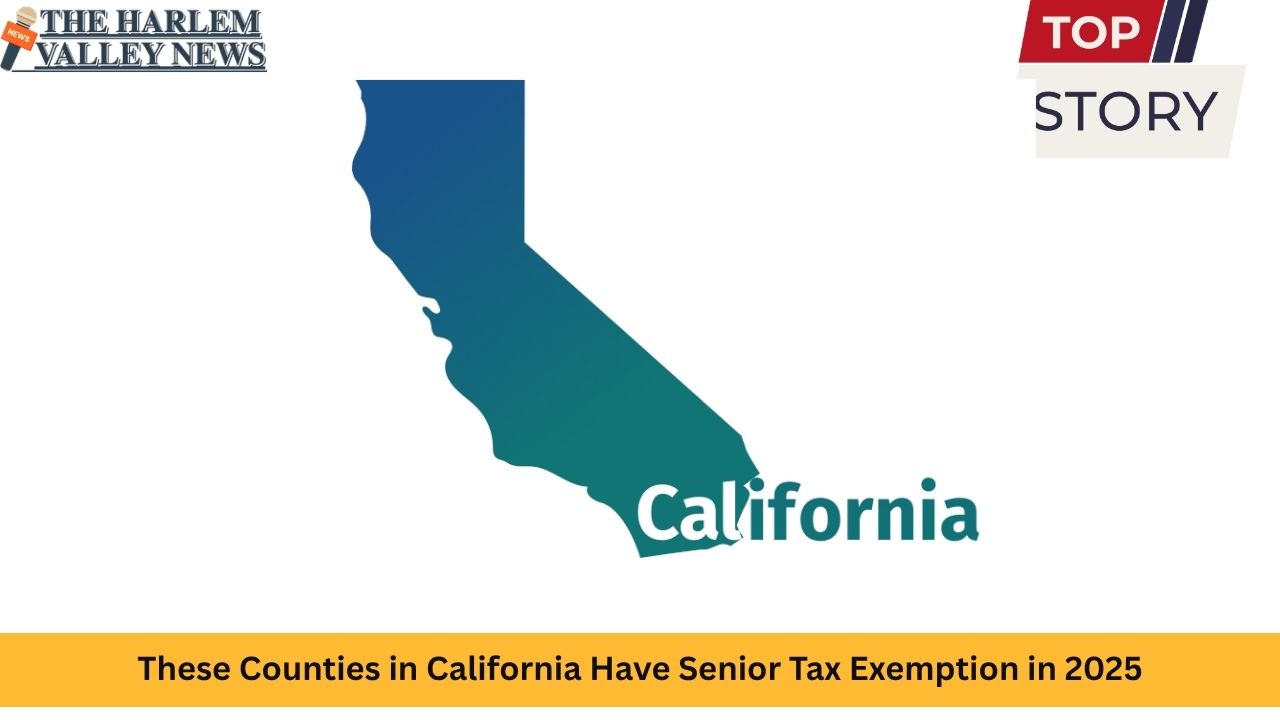With shifting legal landscapes and changing perceptions, cannabis consumption in the United States has been on an unprecedented rise. Ohio, a state known for its rich industrial heritage and dynamic urban centers, has recently found itself at the forefront of this transformation. In this detailed exploration, we delve into the city in Ohio where weed consumption reigns supreme, examine the factors contributing to high usage rates, and analyze the broader implications for residents and policymakers alike.
Cannabis Legalization Journey in Ohio
Ohio’s relationship with cannabis has been evolving dramatically. The state legalized medical marijuana through House Bill 523 in 2016, and by late 2023, Ohioans voted in favor of legalizing recreational cannabis for adults aged 21 and over. This change ushered in a new era, with adult-use cannabis sales beginning in August 2024. The newly regulated market enabled authorized dispensaries to sell both medical and non-medical marijuana, radically expanding access for Ohioans.
The law sets specific parameters: adults can possess up to 2.5 ounces of cannabis flower or 15 grams of concentrate and grow up to six plants individually, with a maximum of twelve plants per household. The legislative changes were followed by significant fiscal impacts. By the close of 2024, Ohio’s recreational marijuana market had already surpassed $240 million in sales, with more than 124 dual-use dispensaries operating across the state.
Setting the Stage: Weed Demand Across Ohio
Ohio is home to major metropolises such as Cleveland, Columbus, Cincinnati, Dayton, Toledo, Akron, and Youngstown, each contributing distinctly to the state’s cannabis culture.
Recent surveys and analyses provide a comprehensive portrait of weed consumption in Ohio. Adult marijuana usage has climbed to historic highs, with over 1.7 million Ohioans reporting marijuana use in the past year. While state averages surged, certain urban centers stood out for their particularly robust demand.
Why Cannabis Consumption Varies Between Cities
Several factors influence weed use in cities:
-
Population size and density: Urban centers naturally see higher aggregate consumption due to larger populations and more social opportunities for use.
-
Cultural attitudes: Progressive or youthful cities often embrace cannabis more than conservative or older communities.
-
Accessibility: The presence of dispensaries and relaxed local enforcement policies can greatly impact usage rates.
-
Policy environment: Each city may adopt additional regulatory measures, influencing resident behavior and access.
The Highest Weed Consumption in Ohio: Spotlight on Cleveland
Among all Ohio cities, Cleveland distinguishes itself as the location with the highest per capita weed consumption.
Cleveland’s Cannabis Milestones
Cleveland, situated on the shores of Lake Erie, is the largest city in northern Ohio and an epicenter of cultural, economic, and demographic diversity. The city council moved early to decriminalize cannabis. In 2020, Cleveland eliminated penalties for possession of up to 200 grams, making it one of the most progressive cities in the Midwest regarding marijuana use.
This early shift in policy had significant consequences. By the time the state legalized recreational marijuana, Cleveland was already seen as a hub for cannabis acceptance and access. Dispensaries proliferated rapidly following legalization, further fueling usage statistics.
Numbers Tell the Story
-
Annual per capita consumption in Cleveland averages 4.86 grams, placing the city among the top weed-consuming metropolitan areas nationally.
-
Cleveland’s dispensaries consistently report high foot traffic and robust sales, outpacing many cities with similar populations.
-
In statewide rankings, Cleveland is consistently the top Ohio city (and in the top tier nationally) for per capita usage, outstripping Columbus, Cincinnati, and other sizable municipalities.
Comparative Cannabis Consumption in Major Ohio Cities
Below is a table providing a comparative overview of cannabis consumption and related statistics for Ohio’s major urban centers. The data includes estimated annual per capita weed consumption, number of dispensaries, and key consumption trends where available. Figures represent recent estimates since Ohio’s legalization of adult-use marijuana and reflect both recreational and medical usage rates.
| City | Estimated Annual Per Capita Consumption (grams) | Number of Dispensaries (approx.) | Notable Trends/Notes |
|---|---|---|---|
| Cleveland | 4.86 | 20+ | Highest consumption in Ohio; early decriminalization; strong adult use; significant job growth |
| Columbus | 4.20 | 15+ | High student/youth usage; vibrant dispensary scene; strong transition to recreational sales |
| Cincinnati | 4.00 | 10+ | Consumption rising; more cautious regulations; closing in on state leaders with more dispensaries |
| Dayton | 3.80 | 6+ | Notable growth among young adults; robust community health programs |
| Toledo | 3.60 | 7+ | Impacted by proximity to Michigan’s mature market; steady consumption increases |
| Akron | 3.50 | 5+ | Growth among college students and young professionals; limited by number of dispensaries |
| Youngstown | 3.20 | 3+ | Smaller population; consumption rising due to increasing access |
| Other Urban | <3.00 | 1-3 | Suburban and rural: legal sales present but lower access and consumption |
Key Takeaways
-
Cleveland leads in per capita weed consumption due to progressive policies, robust dispensary access, and strong social acceptance.
-
Columbus and Cincinnati show upward trends, influenced by youthful populations and expanding retail access.
-
Other cities like Toledo and Akron have growing but more modest rates, affected by proximity to other legal markets and local regulations.
-
Smaller towns and rural areas lag in access and consumption due to policy restrictions and fewer dispensaries.
These figures underscore the urban-rural divide in cannabis access and highlight how local policies and demographics shape usage patterns across the state.
Cannabis in Ohio’s Other Major Cities
Columbus
Columbus, the capital and most populous city in Ohio, has a vibrant cannabis culture but falls short of Cleveland’s consumption rates. The city’s large student and young professional population contributes to steady marijuana usage. Dispensary owners in Columbus have reported increased sales since legalization, with local operators noting that recreational customers now far outnumber medical ones.
Cincinnati
As Ohio’s third-largest city, Cincinnati welcomes weed with growing acceptance, though local regulations remain stricter than Cleveland’s. This cautious approach is mirrored in consumption statistics, where Cincinnati lags behind Cleveland but is rapidly catching up due to increased dispensary access and shifting attitudes.
Dayton, Toledo, and Akron
Each of these cities has shown unique patterns:
-
Dayton has witnessed a notable uptick in cannabis use among younger adults since legalization.
-
Toledo benefits from its proximity to Michigan, which legalized recreational cannabis earlier, introducing many residents to legal weed markets before Ohio’s own change.
-
Akron is seeing growth in consumption among its college-aged and young professional communities.
Smaller Towns and Rural Areas
While metropolitan areas dominate in sheer volume, consumption is growing even in smaller towns thanks to changing laws. However, many suburban and rural governments have enacted moratoriums or bans on dispensaries, restraining growth compared to cities like Cleveland and Columbus.
Understanding the Consumer: Who Is Using Cannabis in Cleveland?
Data highlights several compelling demographic trends:
-
Young adults (ages 18–25) and those 26+ lead usage rates; the biggest increase is seen among adults over 26.
-
Cannabis usage among individuals aged 50+ is climbing, with many reporting use for sleep, anxiety, or pain management.
-
Men continue to slightly outpace women in reported use, but the gender gap is closing as societal attitudes shift.
Factors Behind Cleveland’s Leading Consumption
Cultural and Social Catalysts
Cleveland’s progressive reputation, large millennial and Gen Z population, and history of social justice advocacy intersect to form an open cannabis culture. The city hosts marijuana-related community events, educational workshops, and supports a range of pro-cannabis advocacy groups. Local artists, musicians, and the city’s famed nightlife all contribute to normalized, visible cannabis usage.
Policy and Enforcement
The Cleveland City Council’s early and decisive moves to decriminalize possession and the robust rollout of dispensaries post-legalization have fostered a safe, accessible environment. Law enforcement has reprioritized away from minor possession offenses, reducing the stigma around legal use.
Economic Opportunity
Cleveland’s cannabis sector is a major economic stimulator. New dispensaries, service providers, and ancillary businesses have created jobs and revitalized commercial corridors in transitioning neighborhoods. Local entrepreneurs from historically marginalized communities have entered the market through social-equity initiatives.
Accessibility
From city center to outlying neighborhoods, dispensaries are diverse and plentiful in Cleveland. Consumers can easily access a wide variety of products, from traditional flower to edibles and concentrates, at competitive prices.
The Broader Impact on Community and Health
Economic Impact
-
Job creation: The cannabis industry is a major employer in Cleveland.
-
Tax revenue: A 10% adult-use sales tax on cannabis funds local initiatives, public education, substance abuse programs, and more.
-
Real estate: Vacant buildings and distressed neighborhoods have seen new life as businesses serving or connected to the cannabis industry settle in.
Public Health and Safety
-
Authorities emphasize responsible cannabis use, including avoiding public consumption, safe storage, and not operating vehicles under the influence.
-
Public education campaigns focus on youth prevention, with legal purchase restricted to those 21 and over.
-
City health departments partner with local dispensaries and advocacy groups to ensure consumers are informed about safe dosing and product selection.
Crime and Social Justice
Early decriminalization in Cleveland has led to a reduction in nonviolent drug arrests and convictions. Expungement and social equity initiatives offer opportunities for residents previously impacted by prohibition.
Trends Shaping Ohio’s Cannabis Future
Surging Demand
Cleveland’s dispensaries continue to experience unprecedented demand, with both product sales and customer visits outperforming projections. Market experts expect even higher sales as more consumers transition from medical to recreational products.
Ongoing Policy Refinement
Ohio’s state government continues to refine regulations regarding cannabis sales, taxation, and social equity. Local government collaboration ensures that cities like Cleveland remain favorable environments for responsible consumption and business growth.
Technology and Innovation
Smart dispensaries, mobile ordering, and digital payment systems are making cannabis purchasing faster, easier, and more discreet for Cleveland residents. Local universities and laboratories are also becoming hubs for cannabis research and product innovation.
Community Engagement
Cleveland’s cannabis culture is intertwined with local identity, from music and culinary festivals to educational events and consumer advocacy efforts. The city is positioning itself not only as Ohio’s weed capital but as a national leader in creating an inclusive, regulated, and responsible cannabis marketplace.
What Lies Ahead: Opportunities and Challenges
Opportunities
-
Economic revitalization in urban neighborhoods
-
Pathways to social equity for historically marginalized entrepreneurs
-
Public health leadership in responsible consumption education
Challenges
-
Managing youth access and preventing impaired driving
-
Ensuring consistent product quality and safety standards
-
Balancing civic enthusiasm with cautious, data-driven policy
Conclusion
Cleveland stands out as Ohio’s city with the highest weed consumption for a confluence of reasons—forward-thinking policy, social openness, economic innovation, and an eagerness to embrace the new cannabis frontier. The city’s journey signals not only the rise of a new marketplace but also the promise of community renewal driven by inclusion, education, and economic opportunity.
As Cleveland continues to set the pace for cannabis consumption in Ohio, its experiences will undoubtedly shape the state’s evolving relationship with marijuana. Whether for advocates, entrepreneurs, policymakers, or everyday consumers, Cleveland is the lens through which Ohio’s cannabis landscape can best be understood—vibrant, progressive, and on the cutting edge of cultural change.












Leave a Reply